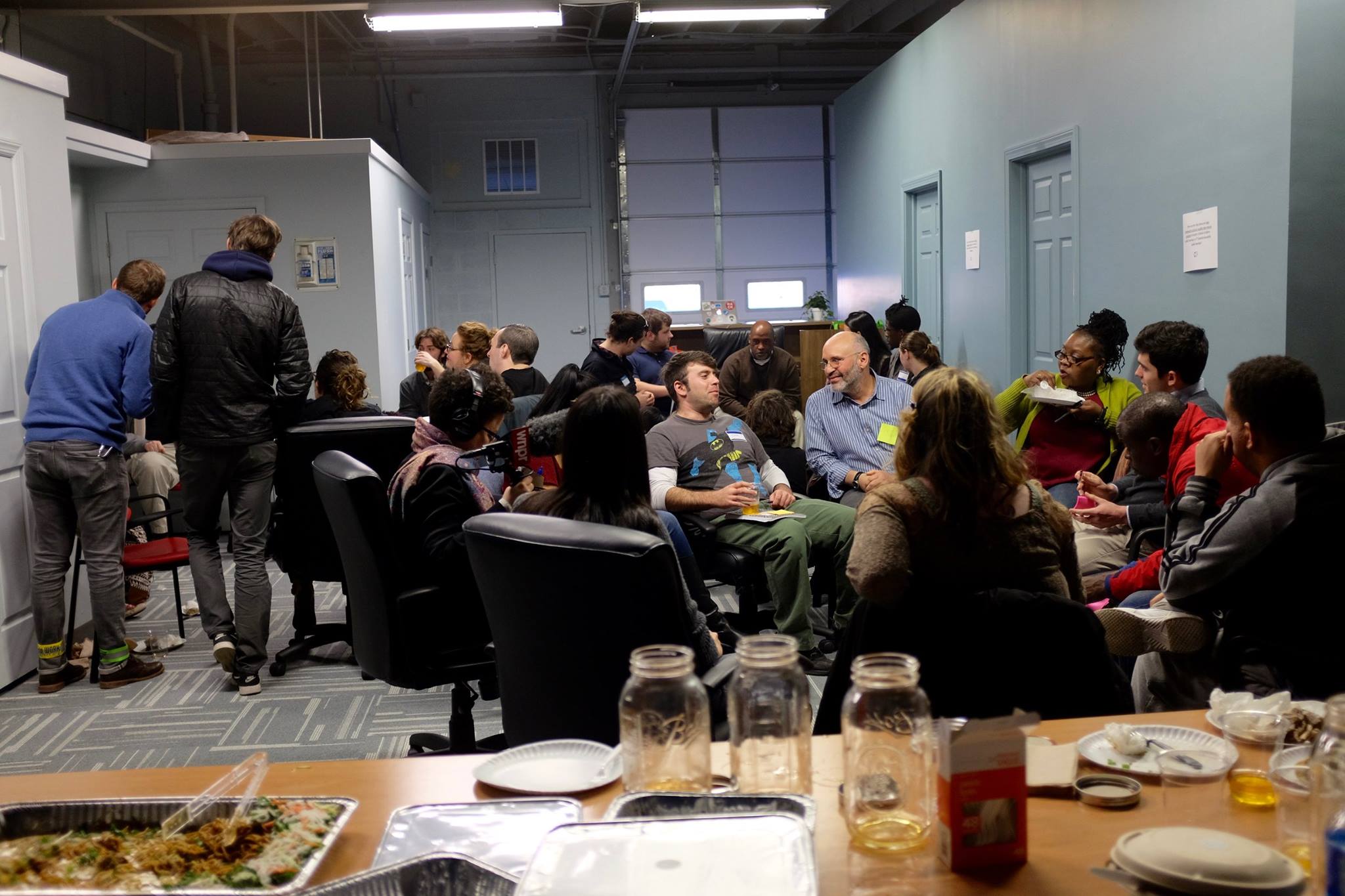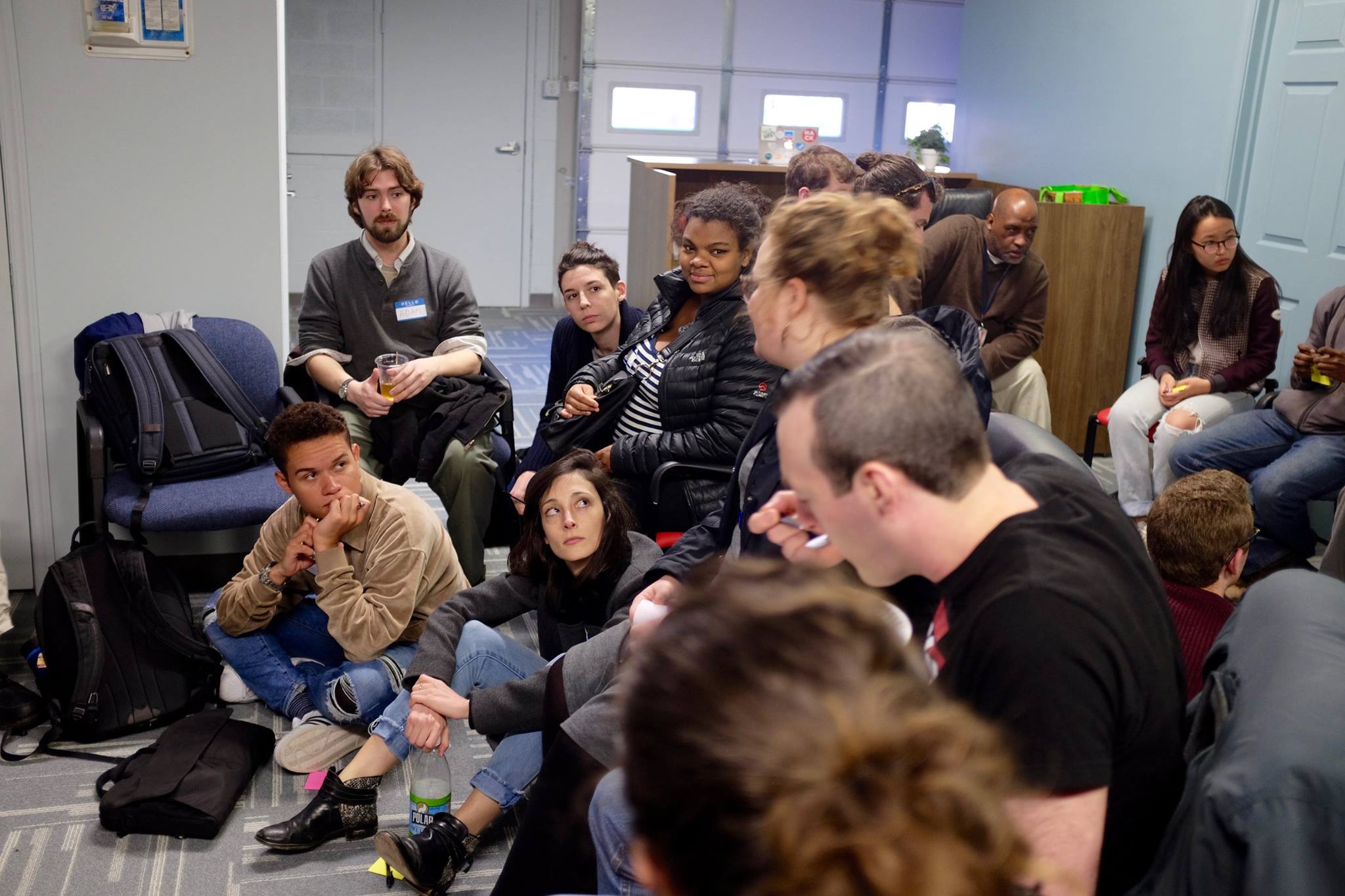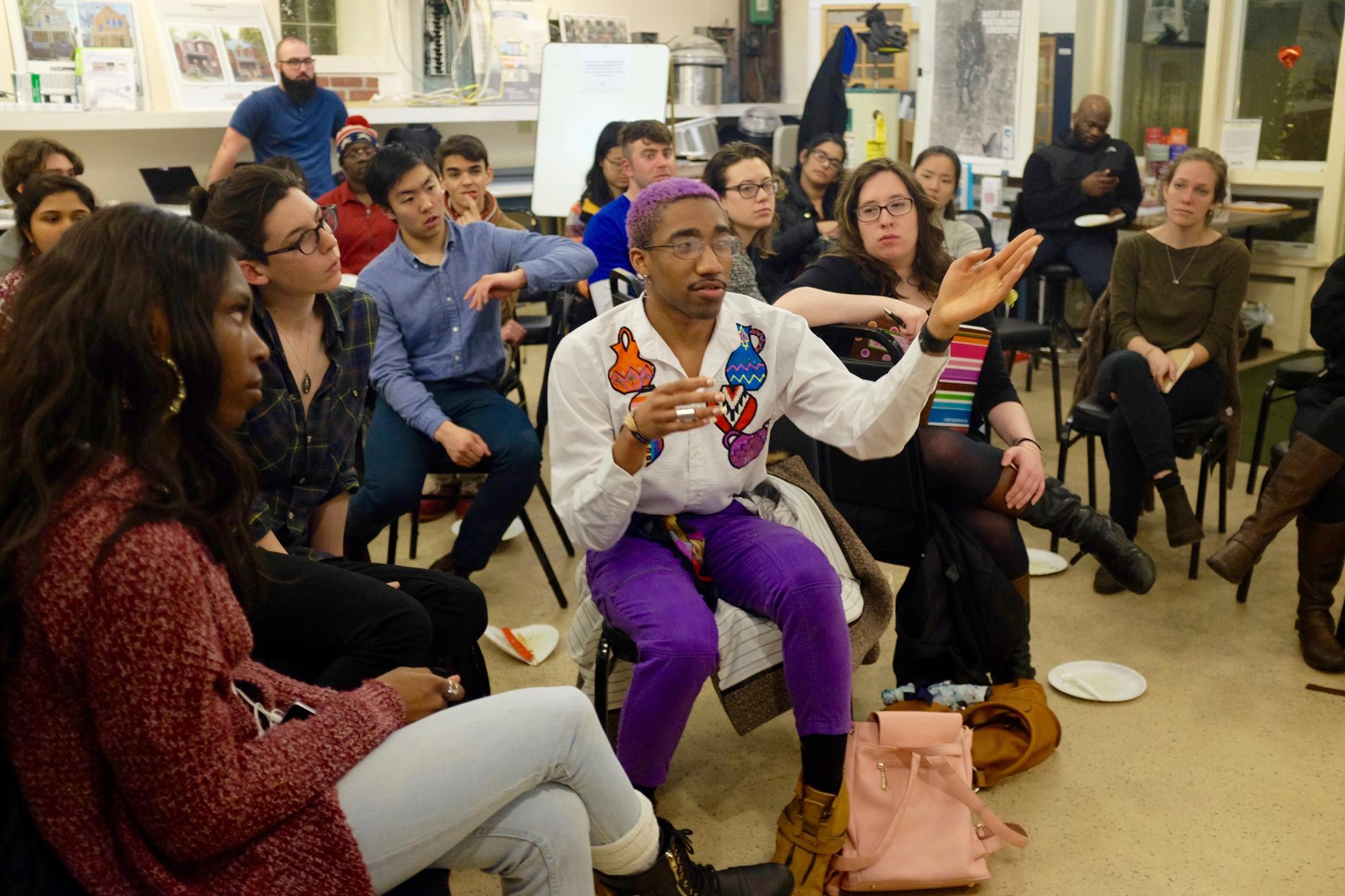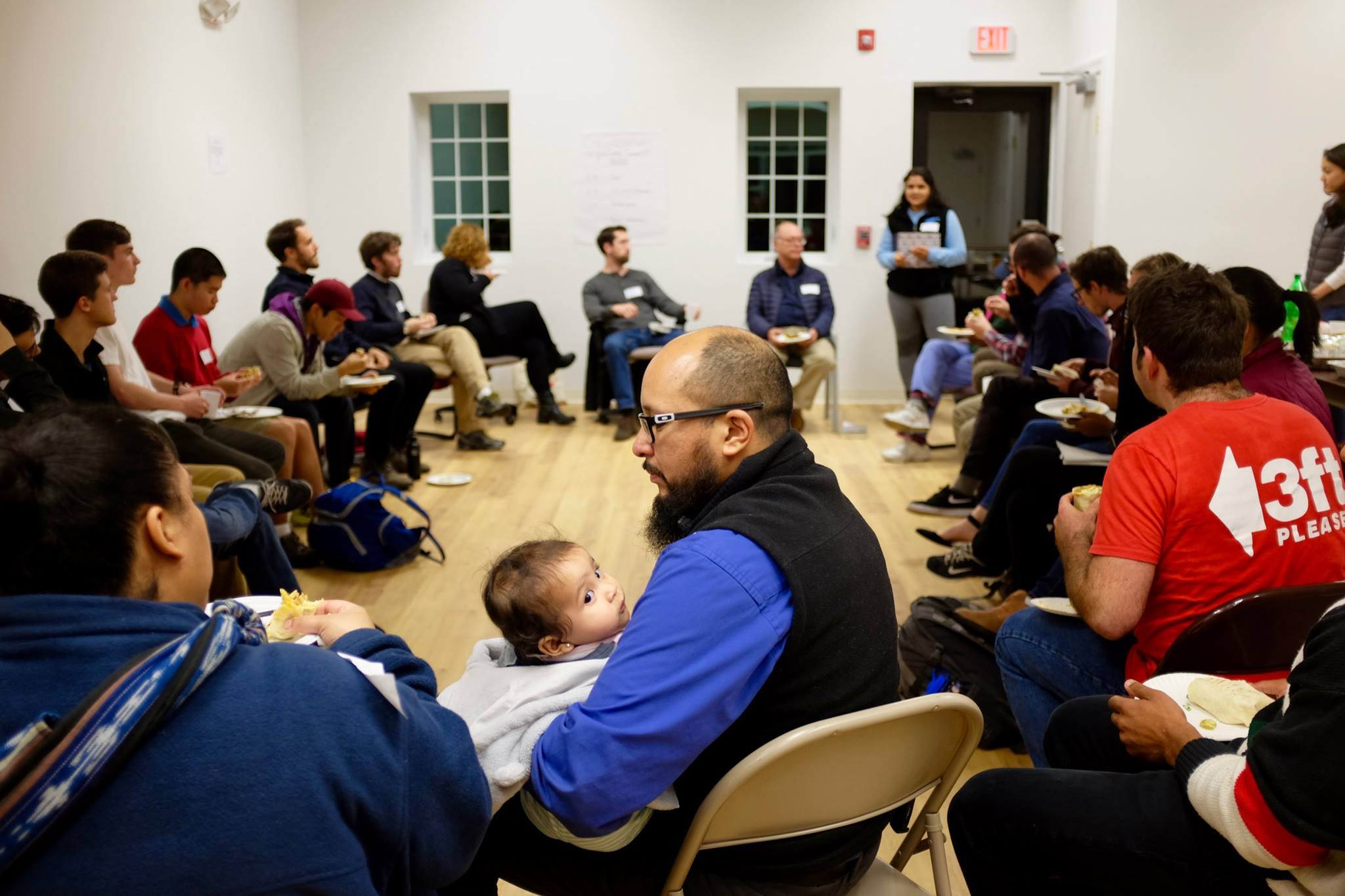![]()
I live in the City of New Haven, CT (#gscia). I am reading a super famous book about cities called City by Douglas Rae. It is one of the best books I have ever read.
It has 12 chapters. This is a 12-blog post series about each chapter. Read the other posts in the series here.
This post is on the last chapter, Chapter Twelve: A City After Urbanism.
—

Last Wednesday, I walked out of the City of New Haven Opportunity Center onto Dixwell Avenue — grinning. My friend Margaret and I had just finished cleaning up plates, straightening up chairs, and gently ushering conversations into the parking lot after another Collaboratory — an event in a series we’ve been working on.
Mar and I started working on Collaboratory a little over a year ago. After graduating Yale and living and working in New Haven, we realized that many of the challenges facing New Haven and Yale are shared. We believe that it will require deep and sustained relationships between New Haven and Yale to begin to solve them.

The name Collaboratory comes from these old research laboratories that used to tear down their center walls — sometimes physically or metaphorically — to facilitate sharing of data or collaborative projects. They called these buildings collaboratories. We want to build a Collaboratory for New Haven — a lab for community solutions.
Collaboratory has started as a bi-monthly event series that brings together New Haven and Yale neighbors — residents, students, entrepreneurs, and activists — to build actionable solutions through community problem-solving.

Each Collab features one organization (non-profit, student group, government department, or company) to present their mission and three challenges they are facing. Then, participants break out into small groups to come up with actionable solutions to tackle these challenges. At the end, the small groups present their solutions back the the organization.
We developed Collaboratory’s model of event-based community problem-solving to prioritize vulnerability, inclusivity, diversity, and creativity. After working at the Yale Entrepreneurial Institute, Mar had extensive experience teaching the core values of the Human-Centered Design (HCD) process. We adapted Collaboratory for collaborative, inclusive, accessible, community design thinking — that we call Community-Centered Design (CCD).
—
I read the last chapter of Rae’s City a few days after last week’s Collab.
After finishing the book, I feel closer to an understanding of New Haven that takes into account its history and present, local and national trends, and heartbreak and beauty.
Every chapter, I was left with a hypothesis or conclusion:
- Chapter One: We need to build inclusive public spaces in our cities.
- Chapter Two: We need to expand what it means to be an investor in our cities.
- Chapter Three: The best cities are immigrant cities.
- Chapter Four: We need to make it easy for people to live near where they work.
- Chapter Five: We need to build a stake where we live.
- Chapter Six: Local universities need to prioritize admitting local students.
- Chapter Seven: We need locally-owned, neighborhood grocery stores.
- Chapter Eight: We need build bike lanes in partnership with not for residents.
- Chapter Nine: We need to center joy and pain in our decision-making about our cities.
- Chapter Ten: Our institutions should be locally-owned.
- Chapter Eleven: We need to elevate civic organizations embedded in our cities.
Throughout these past eleven chapters of City, Douglas Rae charts the rise and fall of urbanism in New Haven. And, in the twelfth and final chapter, he equips us with the tools necessary to see urbanism rise again.
These tools ranged from legislation (reforming zoning rules to encourage mixed-use development) to individual acts (“small acts of courage” that promote daily civic values). And all the potential uses of these tools rested on a core truth for Rae:
“The urbanist city was built upon its export industries . . . a material foundation on which the fabric of enterprise, the civic fauna, and even Frank Rice’s sidewalk republic could draw.”
Rae spends the last pages painting a picture of what he sees as New Haven’s current, dominant export industry: Yale. With a globally competitive research output, half a million visitors, and a rank as #1 and #2 (Yale-New Haven Hospital) largest employer of New Haven residents, it is difficult to argue with the massive presence Yale has in New Haven.
—
Weaving Rae’s words and my experiences with Collaboratory, I’m left with a final hypothesis:
If we want to see city urbanism — reliable and diverse civic leadership, dense neighborhood-based retail, and local decision-makers — the relationship between New Haven and Yale must be strong, trusting, and healthy.
Both the city and the institution must thrive not in spite of each other – but because of each other.
 For Mar and I, our guiding theory behind Collaboratory is that progress begins and ends with relationships between New Haven and Yale individuals. After last Wednesday’s Collab, we were most attentive to and excited by the lingering conversations, shared high-fives, and exchange of contacts of individuals that rarely share spaces or work together towards their common goals.
For Mar and I, our guiding theory behind Collaboratory is that progress begins and ends with relationships between New Haven and Yale individuals. After last Wednesday’s Collab, we were most attentive to and excited by the lingering conversations, shared high-fives, and exchange of contacts of individuals that rarely share spaces or work together towards their common goals.
Creating these spaces can feel hard — we’re working against decades of tension and history that go beyond our time in New Haven. But, at the end, these kinds of relationships are the greatest assets we have towards a shared vision for a stronger New Haven.
Caroline Smith is part of the GovLoop Featured Blogger program, where we feature blog posts by government voices from all across the country (and world!). To see more Featured Blogger posts, click here.





Leave a Reply
You must be logged in to post a comment.